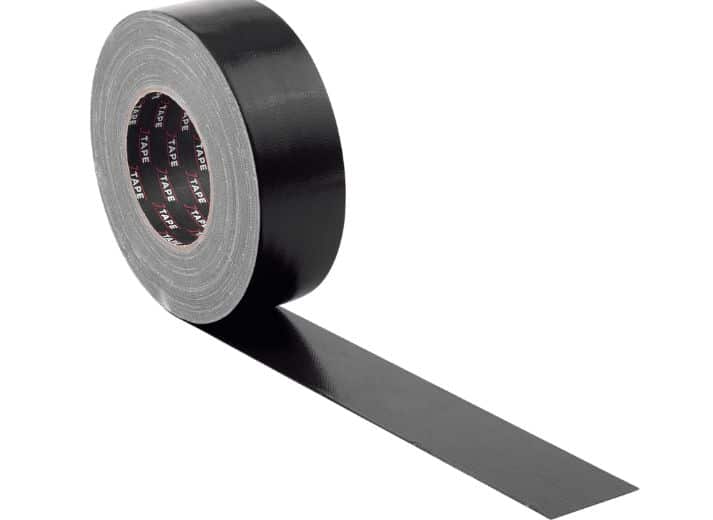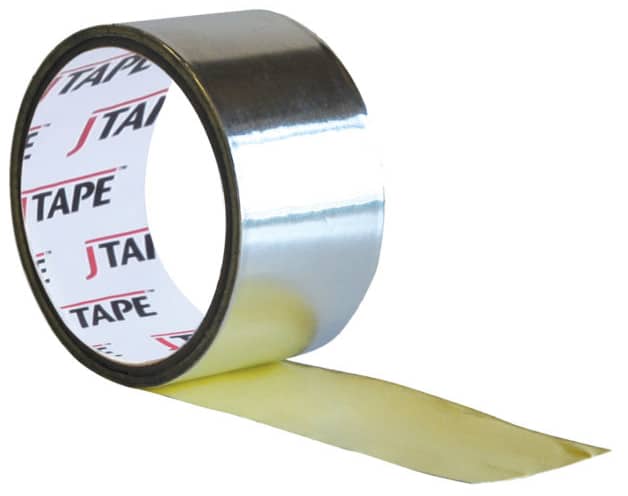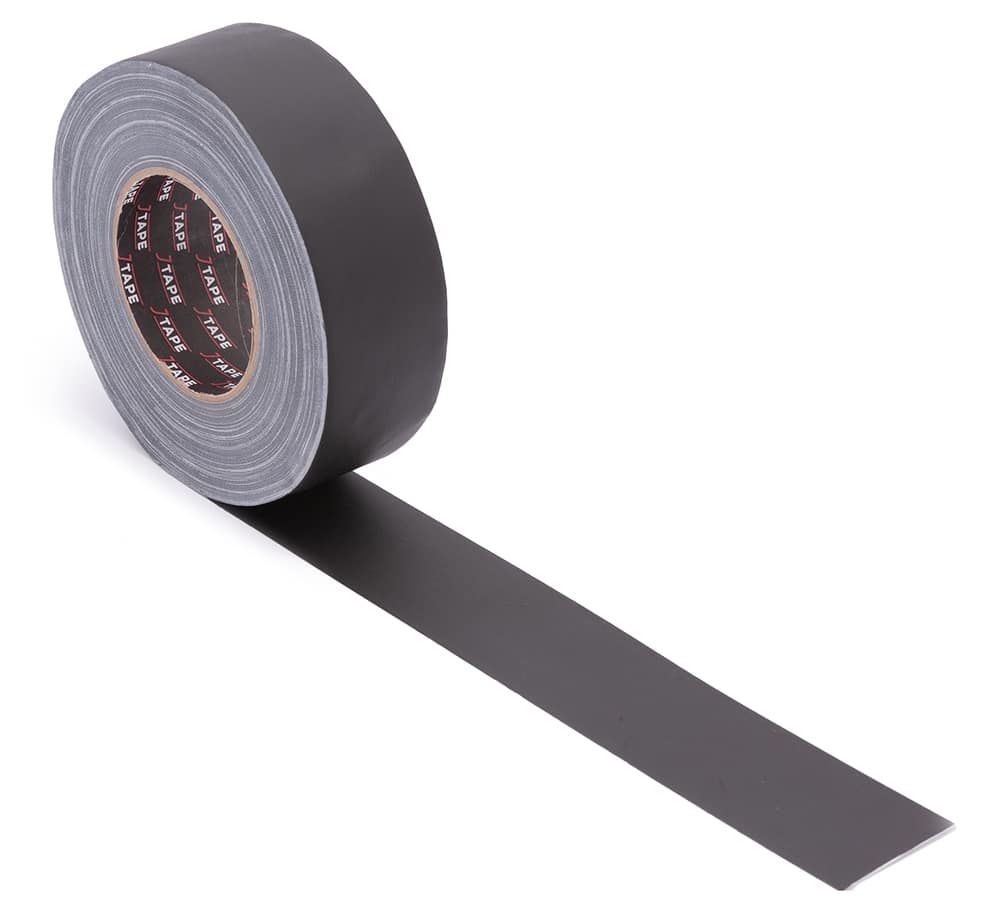Gaffer Tape vs. Duct Tape vs. Foil Tape
Gaffer tape, duct tape and foil tape all fall under the category of protection tapes, which means they’re designed to protect against abrasion, light, chemicals and heat. However, that’s where most of the similarities end for these three tapes.
So, how do they differ? What should each one be used for? And why do we recommend having all three in your body shop toolkit? In this comparison guide, we’ll take you through everything you need to know about gaffer, duct and foil tapes, including their different properties, features and uses.
Gaffer tape vs. duct tape – are they the same?
Both gaffer tape and duct tape are versatile, pressure-sensitive tapes featuring reinforced fabric, which is ideal for creating a strong bond. However, while they share some similarities, they have distinct differences which means you should avoid using them interchangeably.
First of all, gaffer tape is ideal for temporary applications or when the tape needs to be removed afterwards, such as when preparing to sand car paint. Meanwhile, duct tape is better suited for providing a permanent or semi-permanent attachment, making it more suitable for sealing or patching applications. Another major difference is that while duct tape can often leave behind a sticky residue when removed, gaffer tape provides a residue-free removal, leaving behind a fuss-free clean surface. They also differ because of the materials used, since gaffer tape is fabric-based while duct tape is often made from plastics.
Gaffer tape
This tape is most commonly used in the automotive industry for temporarily patching up holes and protecting vehicle surfaces when using abrasives. It can also be used to hold down cables or mats to prevent hazards, which makes it an excellent choice for use in theatres and production studios.
Gaffer tape is a heavy cotton cloth pressure-sensitive tape with strong adhesive qualities. Despite its strength and high-tack adhesive, gaffer tape is also flexible and offers residue-free removal. However, because this tape is made primarily from fabric, it’s often less water-resistant than duct tape.

At JTAPE, our Black Premium Cloth Protection Tape and General Purpose Cloth Protection tape are most similar to gaffer tape since they both offer excellent durability and strong adhesive. However, these cloth protection tapes are polyethylene-backed, which is found more commonly in duct tapes. This gives it the extra strength needed for use in the automotive industry.
Duct tape
Meanwhile, duct tape is most often used for waterproof packaging, duct sealing, seam sealing and abrasion protection in some circumstances.
Thanks to its polyethylene coating, this cloth pressure-sensitive tape offers better water resistance and increased strength in comparison to gaffer tape. One of the negatives of this tape, though, is that it often leaves residue behind after removal which can make it less desirable when you’re trying to use a tape and remove it quickly. This is part of the reason why this is used more often for permanent applications. Duct tape also features a higher tack adhesive which makes it less suitable for temporary use.
Duct tape vs foil tape – what are the differences and similarities?
Although duct tape and foil tape have distinct differences, they also share some common features and benefits. For example, both tapes provide excellent water resistance, despite being backed by different materials, with foil tape having an aluminium backing. Both tapes also feature a pressure-sensitive adhesive which offers a high-tack bond. So, while you can use duct tape for permanent applications, the same is also true for foil tape.
But in comparison, there are also several differences, with the most notable being their distinctive uses. While foil tape is mostly used for jointing insulation panels and sealing HVAC systems, duct tape has more household uses such as duct sealing and waterproof packaging. This is down to the difference in their materials which are optimised for their specialist uses.
Foil tape

Foil tapes are most commonly used for jointing insulation panels, sealing HVAC systems, packaging items and isolating against heat and cold.
One of the key advantages of this tape is its temperature resistance. This means it can be effective at extremely high temperatures and also works well in extreme cold. Additionally, the synthetic rubber pressure-sensitive adhesive offers high tack bonding which makes it ideal for application on multiple materials, including plastics and metals. Its durability against heat, cold and humidity also allows it to be used for long-term applications. Foil tape can also offer a residue-free removal, despite being high-tack and high strength.
At JTAPE, we created our Aluminium Tape with an ideal combination of aluminium backing and synthetic rubber adhesive to optimise it for bonding insulating materials. This, alongside its excellent heat, cold and humidity resistance makes it perfect for long-term applications in any environment. And when it’s time to remove it, our easy-to-use release liner allows for a clean, residue-free removal.
Gaffer tape vs. foil tape
When comparing gaffer tape and foil tape, the most obvious similarity is that both are water-resistant. But beyond this, there aren’t many other features that overlap in these two tapes.
Gaffer tape is typically made of a heavy cotton cloth with strong adhesive, commonly used in the entertainment industry for securing cables and other equipment. On the other hand, foil tape is made of aluminium foil and is often used for sealing joints and seams against moisture and vapour in HVAC applications. While both tapes share the water-resistant characteristic, they serve different purposes due to their distinct material compositions and adhesive properties.
Comparison: gaffer tape, duct tape & foil tape

Need help deciding when these tapes should be used? Check out our quick summary of their main features and uses below.
Gaffer tape
Uses: Most commonly used for temporary purposes such as patching up holes, protecting vehicle surfaces when using abrasives, and holding down cables or mats.
Made from: Fabric/cloth
Adhesive: Rubber-based adhesive
Waterproof: No but can be water-resistant
Backing: Cloth
Duct Tape
Uses: Mostly used for abrasion protection, waterproof packaging, duct sealing and seam sealing.
Made from: Fabric
Adhesive: Pressure-sensitive adhesive
Waterproof: Yes
Backing: Polyethylene/plastic
Foil Tape
Uses: Most commonly used for jointing insulation panels, sealing HVAC systems, packaging items and isolating against heat and cold.
Made from: Aluminium foil
Adhesive: Pressure-sensitive acrylic
Waterproof: Yes
Backing: Aluminium backing
We hope this has helped you gain a better understanding of these three types of protection tapes. At JTAPE, our range not only includes protection tapes, but we also have everything from mounting tapes to fine line masking tapes. To discover our full range, click here.


